Image of 1953 Nash Rambler, Note: These illustrations use artistic license and may differ from actual historical models.
Performance Metrics
Fundamental Metrics
Emotional Appeal
MMP Rating
| Engine Specifications | |
|---|---|
| Engine Options: | Inline 6 |
| Displacement Range: | 196 cu in (3.2 L) |
| Horsepower Range: | 82 hp |
| Torque: | 125 lb-ft |
| Compression Ratio: | 7.3:1 |
| Ignition System: | Distributor and coil |
| Cooling System: | Water-cooled |
| Performance Specifications | |
| 0-60 Time: | Estimated 20 seconds |
| 1/4 Mile Time: | Not available |
| Top Speed: | 90 mph |
| Transmission and Drive | |
| Drive Type: | Rear-wheel drive |
| Transmission Type: | 3-speed manual |
| Fuel and Efficiency | |
| Fuel System Type: | Carburetor |
| MPG: | Estimated 20-25 mpg |
| Dimensions and Brakes | |
| Brakes: | Drum brakes |
| Wheelbase: | 100 in (2,540 mm) |
| Weight: | 2,890 lbs |
Note: Specifications for classic cars are given to the best of our ability, considering the limited and variant data available.
The Unmistakable Charm of the 1953 Nash Rambler
The 1953 Nash Rambler stands as a testament to postwar automotive ingenuity, a vehicle that broke the mold and established itself as a symbol of American optimism. Born from the innovative minds at Nash Motors, this compact car emerged when the industry was dominated by larger, gas-guzzling machines. Its introduction marked a shift in consumer preference towards economy and practicality, without sacrificing style or comfort. A unique fact that car enthusiasts may find fascinating is that the Nash Rambler was the first American compact car to be mass-produced after World War II, setting a precedent for future generations of compact vehicles.
Design and Innovation
The 1953 Nash Rambler's exterior styling was both distinctive and forward-thinking. With its enclosed front wheel wells and signature "Airflyte" aerodynamic design, it cut through the air—and public opinion—with grace. Inside, passengers were treated to a cabin that prioritized comfort, featuring reclining seatbacks and quality materials that belied its economy-car status. Technologically, it boasted advancements such as a "Weather Eye" heating and ventilation system. The color palette ranged from conservative shades to more vibrant tones, with shades like Caribbean Blue and Sunset Maroon catching buyers' eyes. Among its body styles, the Country Club hardtop coupe with its pillarless design became an iconic representation of the Rambler's charm.
Historical Significance
The 1953 Nash Rambler carved out a niche in automotive history by offering an alternative to the bulky cars of its era. It was not just a vehicle; it was a cultural icon that reflected America's postwar shift towards efficiency and modernity. The Rambler's success paved the way for other manufacturers to consider compact designs seriously, influencing an entire segment of the auto industry.
Performance and Handling
Underneath its hood, the 1953 Nash Rambler was powered by a modest yet capable engine that delivered adequate performance for its class. While top speed and acceleration figures might not compete with sports cars of the era—topping out around 85 mph and taking over 15 seconds to reach 60 mph from a standstill—the Rambler's lightweight construction allowed for nimble handling. Drivers often remarked on its smooth ride quality and responsiveness to steering inputs, making it an enjoyable ride on both city streets and country roads.
Ownership Experience
The Rambler found its niche as an all-rounder: economical enough for daily driving, stylish enough for weekend showings, and even sturdy enough for occasional racing ventures in the hands of enthusiasts. Maintenance was straightforward thanks to simple mechanicals, making it accessible for the average owner to keep running reliably.
Fun Facts
This quaint classic has had its share of spotlight moments—from gracing television shows to being owned by celebrities like Princess Grace of Monaco. While it may not have set speed records, it certainly left its mark in sales figures and endurance runs. Despite criticisms over time about its modest powerplant or quirky styling, the Rambler remains beloved by many.
Collector's Information
Today, a well-preserved 1953 Nash Rambler can fetch anywhere from $10,000 to $30,000 depending on condition and originality—though these numbers can fluctuate based on market interest. With production numbers in the tens of thousands across all body styles, they are rare but not impossible to find for dedicated collectors. Over time, their value has generally appreciated as they've become recognized as significant pieces of automotive history.
Conclusion
The 1953 Nash Rambler remains an endearing piece of Americana—a symbol of innovation during a transformative period in U.S. history. Its blend of style, economy, and practicality continues to resonate with collectors and classic car aficionados alike. As we look back on this charming compact car, we're reminded that sometimes the most impactful innovations are those that dare to downsize dreams into drivable realities.
1953 Nash Rambler Catalog of Parts
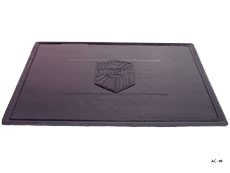 1953 Nash Rambler Accessory Floor Mat - 12"X17"-AC 46Accessory Floor Mat - made of high quality black rubber with molded original emblem. Also designed to be sewn into new carpets. 12"X17", Each
1953 Nash Rambler Accessory Floor Mat - 12"X17"-AC 46Accessory Floor Mat - made of high quality black rubber with molded original emblem. Also designed to be sewn into new carpets. 12"X17", Each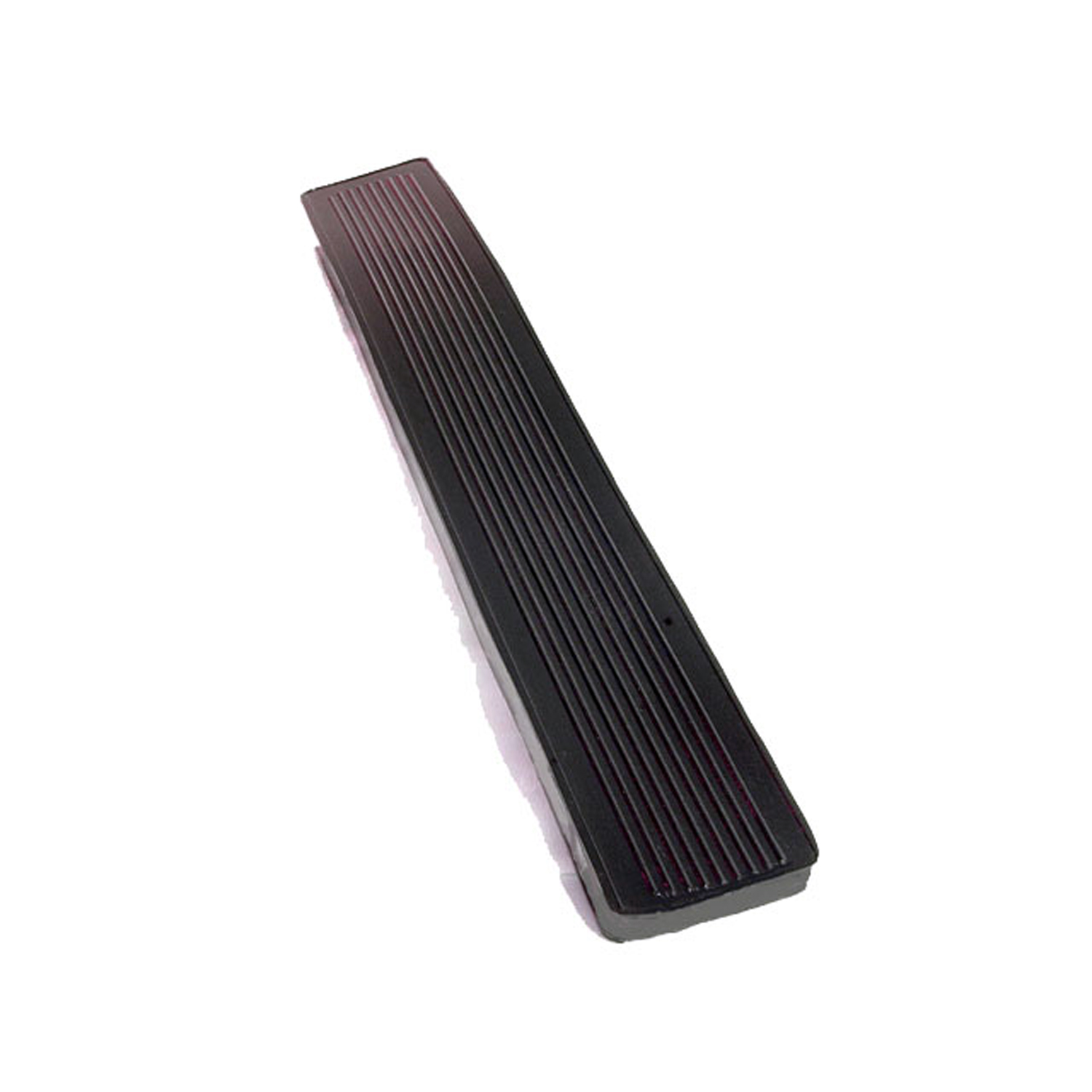 1953 Nash Rambler Accelerator Pedal Pad, 1-1/2" X 9-3/4", Each-AP 21Accelerator Pedal Pad, 1-1/2" X 9-3/4", Each
1953 Nash Rambler Accelerator Pedal Pad, 1-1/2" X 9-3/4", Each-AP 21Accelerator Pedal Pad, 1-1/2" X 9-3/4", Each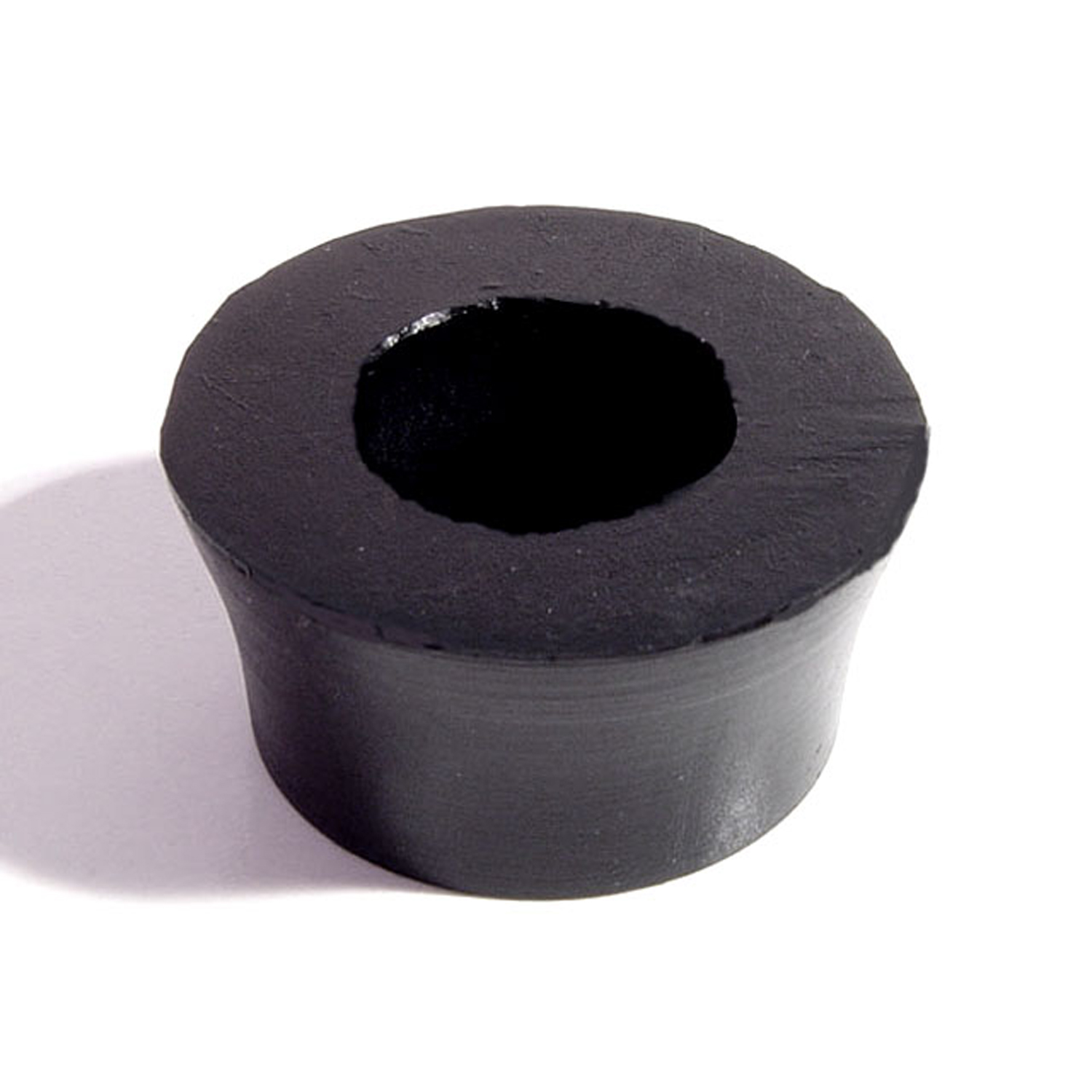 1953 Nash Rambler Shock Absorber Grommet. 1" bottom O.D., 5/8" high-BN 10Shock Absorber Grommet. 1" bottom O.D., 5/8" high., with 5/8" I.D. Each
1953 Nash Rambler Shock Absorber Grommet. 1" bottom O.D., 5/8" high-BN 10Shock Absorber Grommet. 1" bottom O.D., 5/8" high., with 5/8" I.D. Each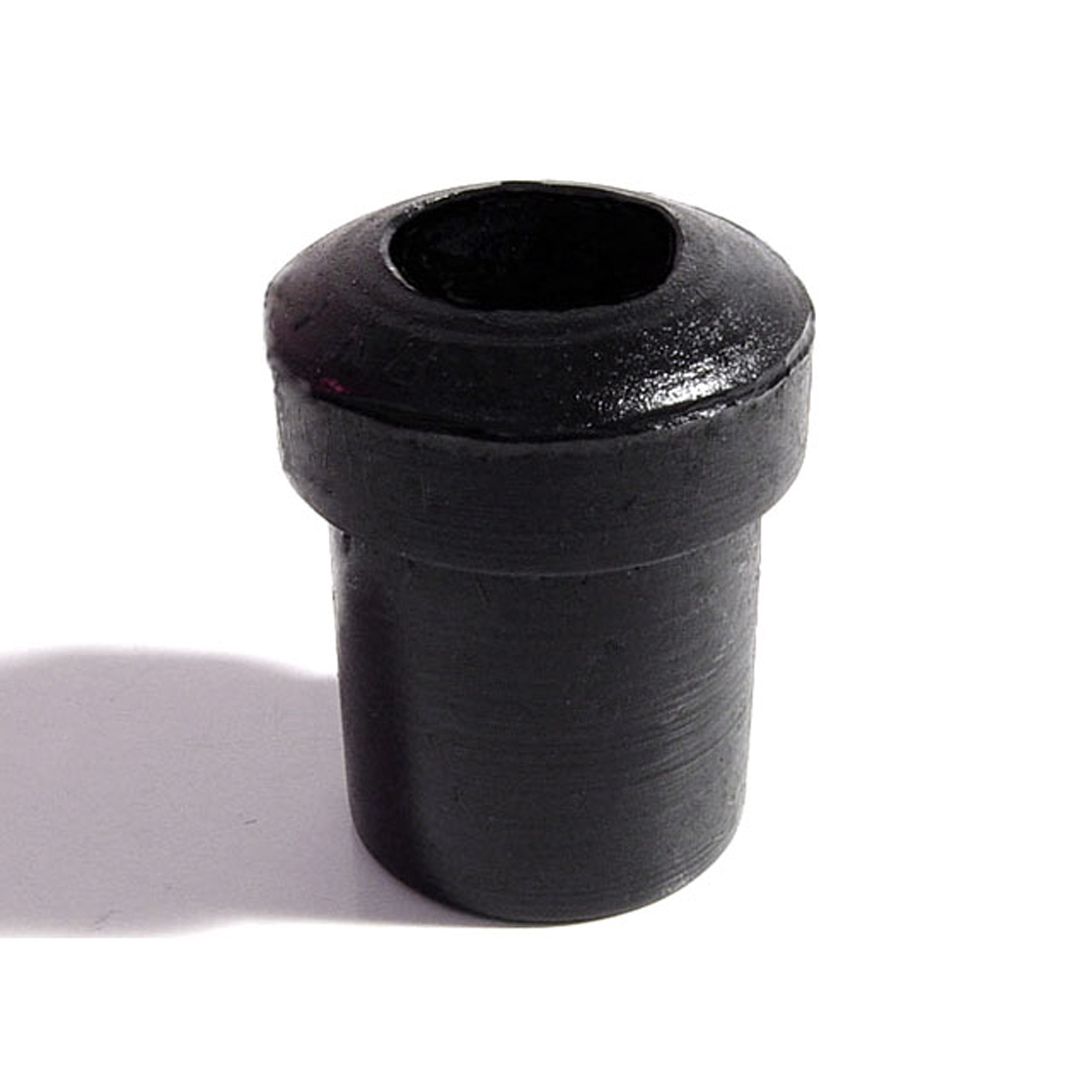 1953 Nash Rambler Spring and Shackle Bushing. 7/8" bottom O.D-BN 16Spring and Shackle Bushing. 7/8" bottom O.D. X 1-1/8" high, with 1/2" I.D. Each
1953 Nash Rambler Spring and Shackle Bushing. 7/8" bottom O.D-BN 16Spring and Shackle Bushing. 7/8" bottom O.D. X 1-1/8" high, with 1/2" I.D. Each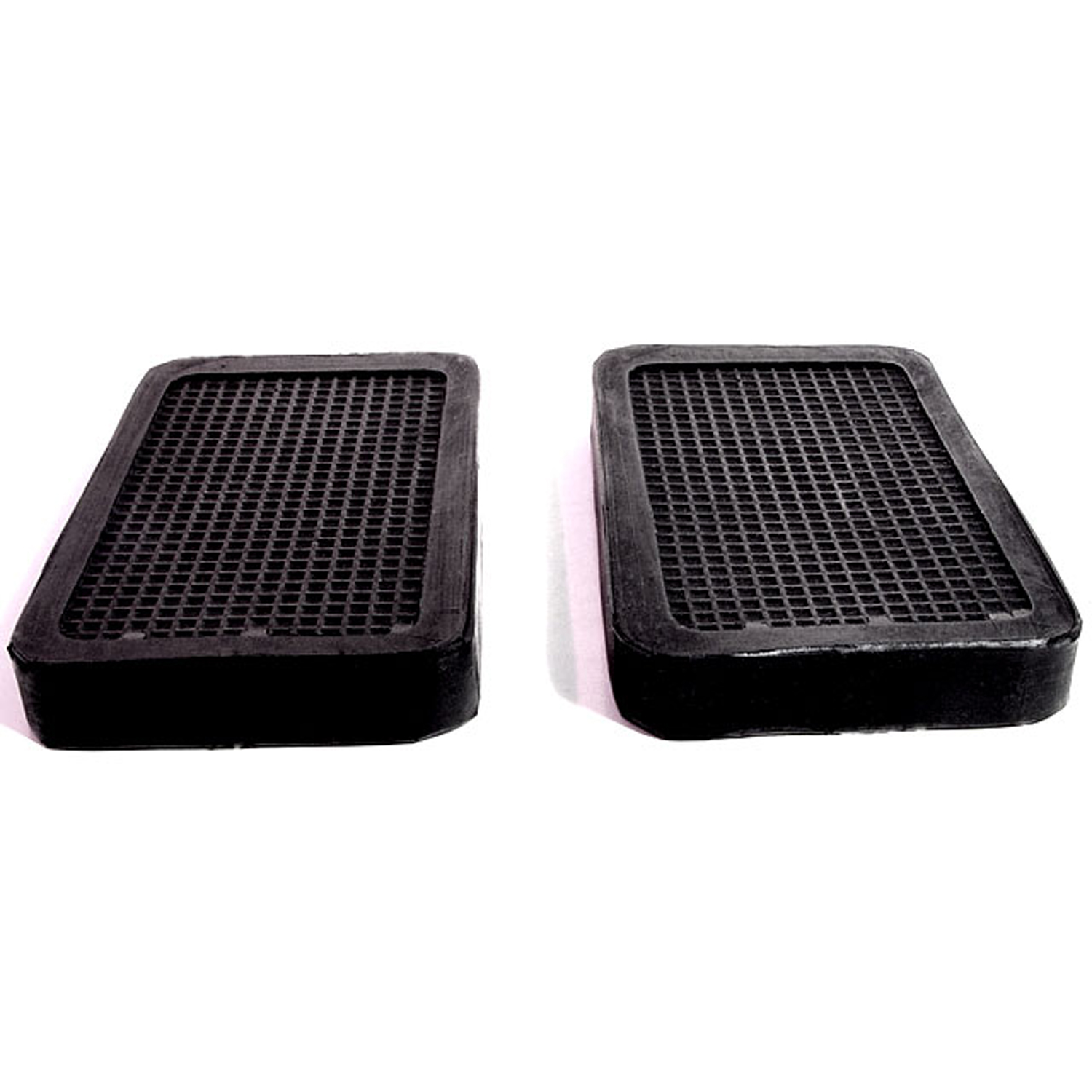 1953 Nash Rambler Clutch and Brake Pedal Pads. 2-1/4" wide X 4" long. Pair-CB 20Clutch and Brake Pedal Pads. 2-1/4" wide X 4" long. Pair
1953 Nash Rambler Clutch and Brake Pedal Pads. 2-1/4" wide X 4" long. Pair-CB 20Clutch and Brake Pedal Pads. 2-1/4" wide X 4" long. Pair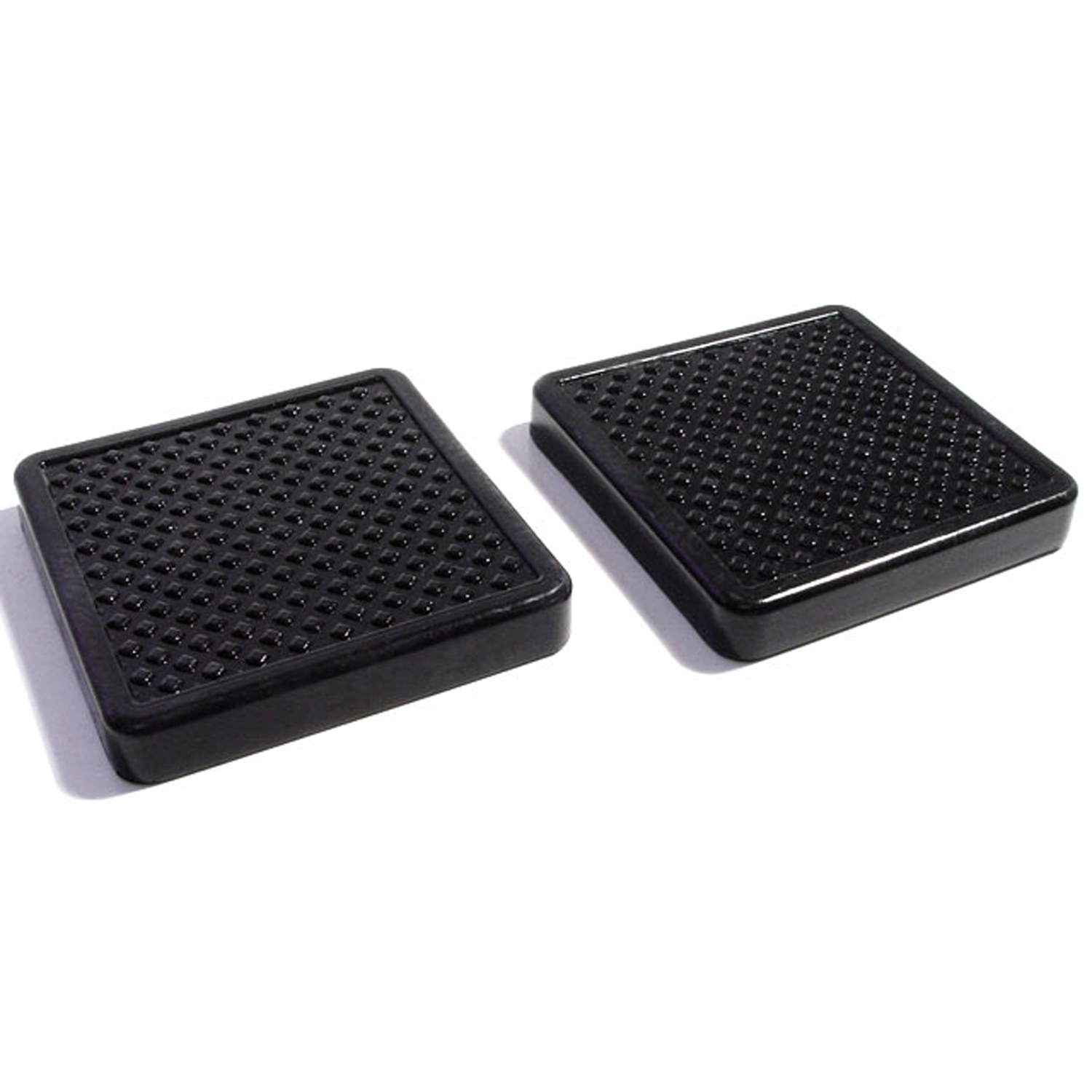 1953 Nash Rambler Clutch and Brake Pedal Pads. 3" wide X 3" long. Pair-CB 47Clutch and Brake Pedal Pads. 3" wide X 3" long. Pair
1953 Nash Rambler Clutch and Brake Pedal Pads. 3" wide X 3" long. Pair-CB 47Clutch and Brake Pedal Pads. 3" wide X 3" long. Pair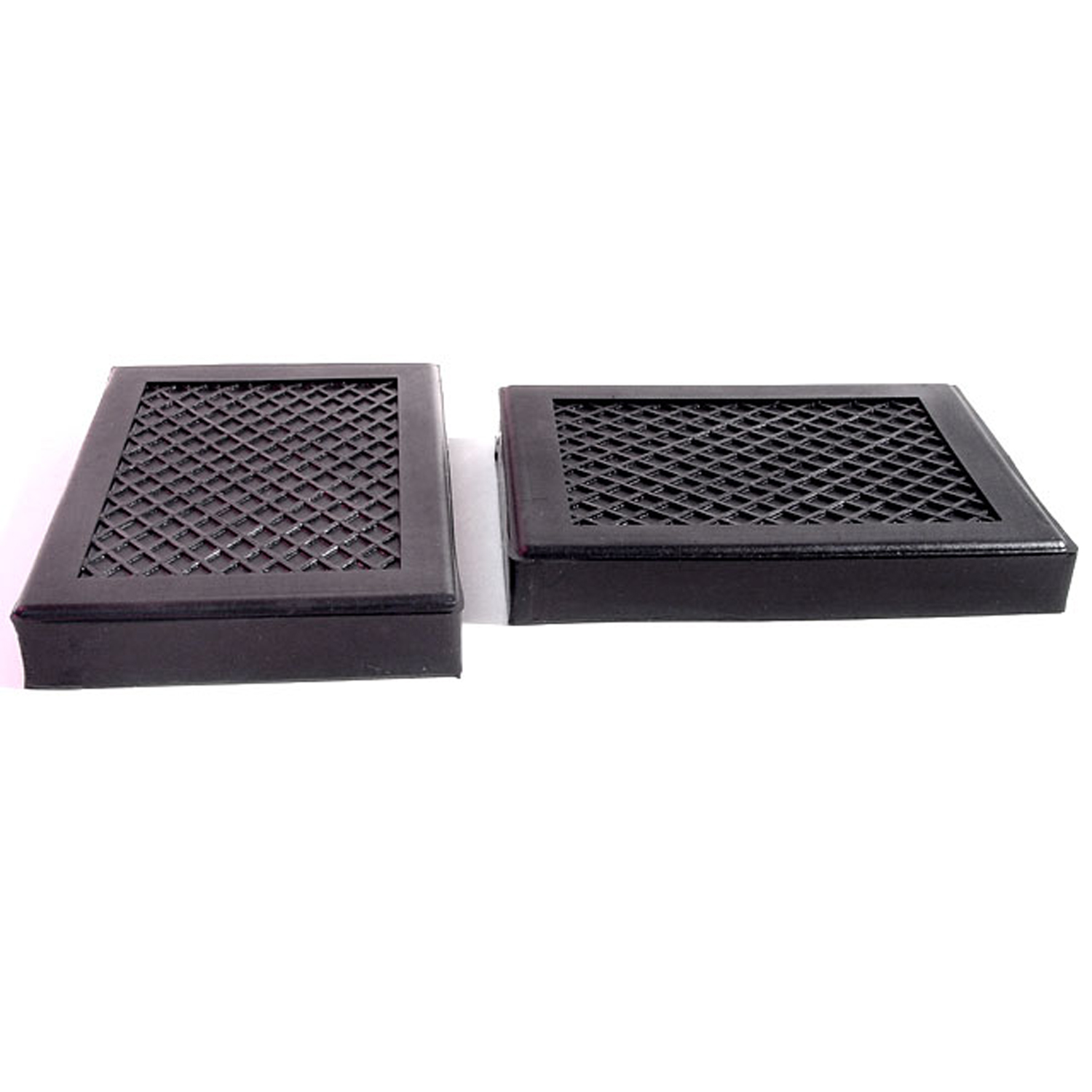 1953 Nash Rambler Clutch and Brake Pedal Pads. 2-3/4" wide X 3-7/8" long-CB 48Clutch and Brake Pedal Pads. 2-3/4" wide X 3-7/8" long. Pair
1953 Nash Rambler Clutch and Brake Pedal Pads. 2-3/4" wide X 3-7/8" long-CB 48Clutch and Brake Pedal Pads. 2-3/4" wide X 3-7/8" long. Pair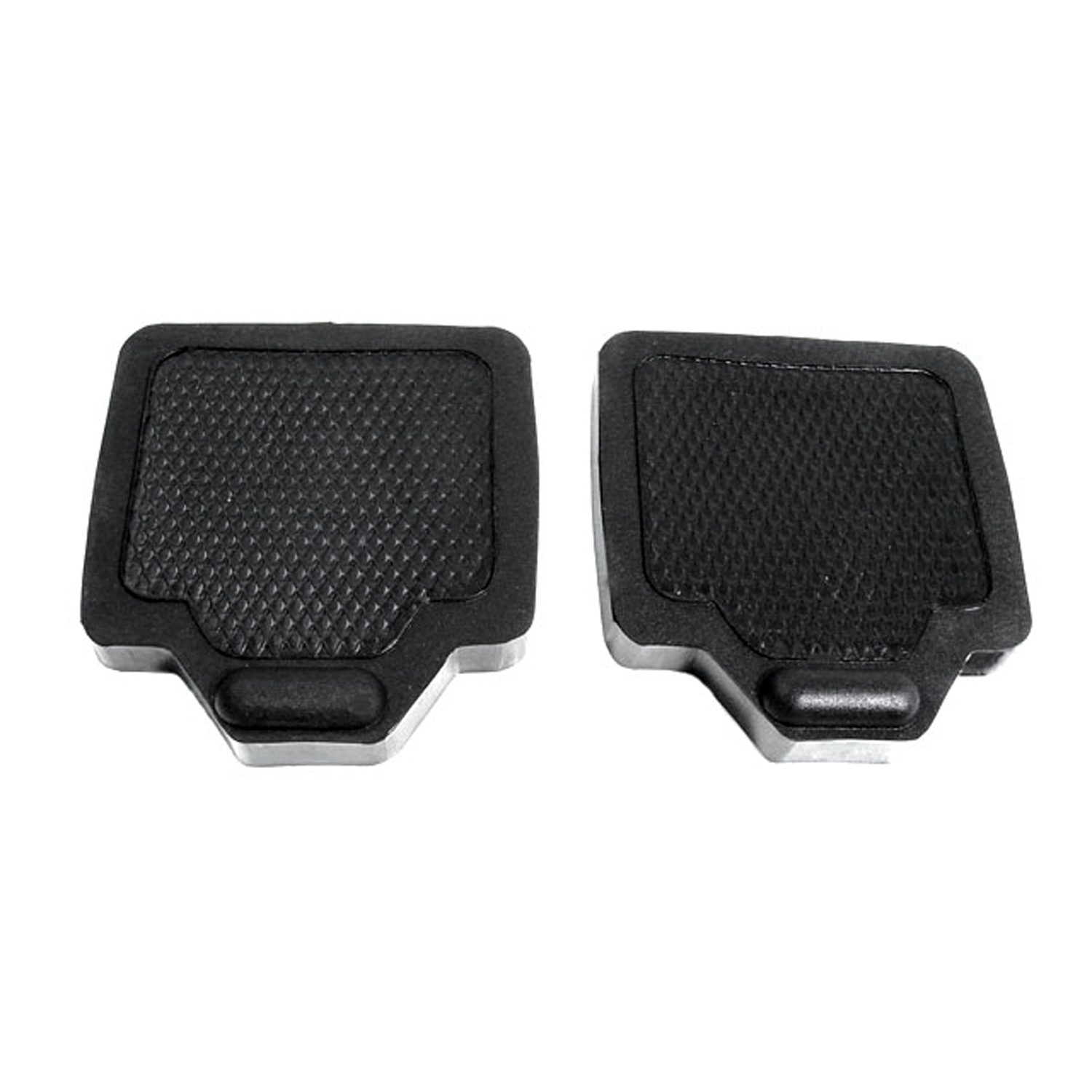 1953 Nash Rambler Clutch and Brake Pedal Pads. 3-1/2" wide X 3-7/8" long-CB 55Clutch and Brake Pedal Pads. 3-1/2" wide X 3-7/8" long. Pair
1953 Nash Rambler Clutch and Brake Pedal Pads. 3-1/2" wide X 3-7/8" long-CB 55Clutch and Brake Pedal Pads. 3-1/2" wide X 3-7/8" long. Pair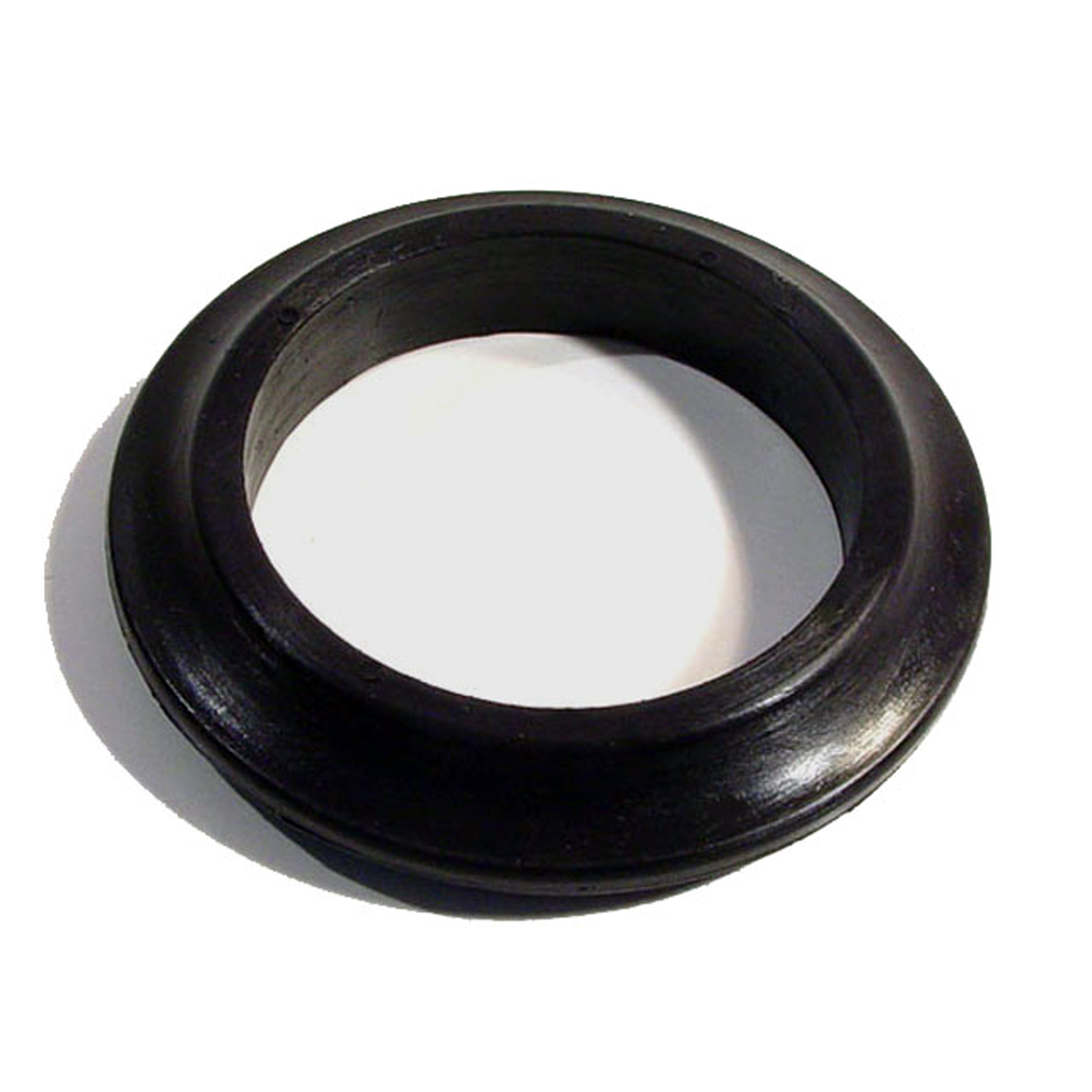 1953 Nash Rambler Gas Filler Grommet. 2-1/4" I.D., 3-5/16" O.D. Each-GF 21Gas Filler Grommet. 2-1/4" I.D., 3-5/16" O.D. Each
1953 Nash Rambler Gas Filler Grommet. 2-1/4" I.D., 3-5/16" O.D. Each-GF 21Gas Filler Grommet. 2-1/4" I.D., 3-5/16" O.D. Each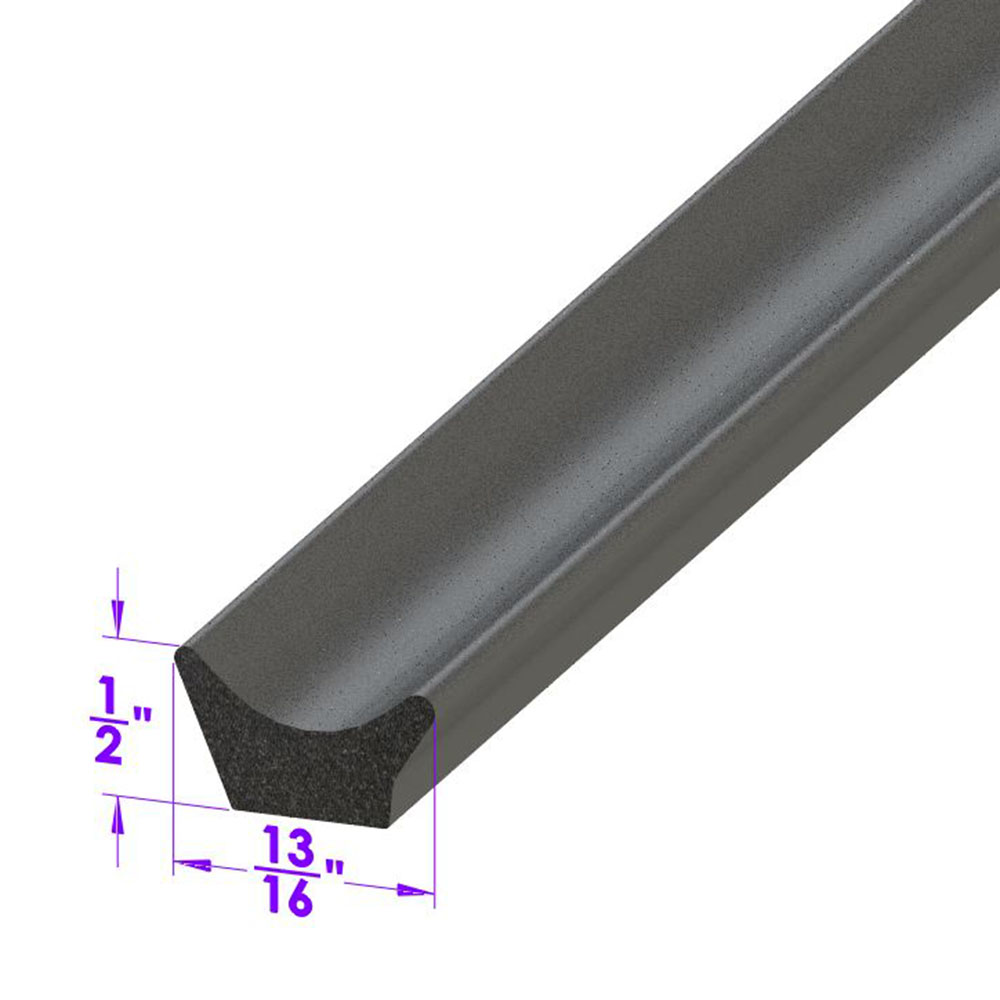 1953 Nash Rambler Door side seal. Same as LP 40, but for a lighter seal-LP 40-ADoor side seal. Same as LP 40, but for a lighter seal. Fits many domestic passenger cars and trucks. Universal seal for street rods and customs. Used in Cobra kit cars as door weatherstrip. Per foot.
1953 Nash Rambler Door side seal. Same as LP 40, but for a lighter seal-LP 40-ADoor side seal. Same as LP 40, but for a lighter seal. Fits many domestic passenger cars and trucks. Universal seal for street rods and customs. Used in Cobra kit cars as door weatherstrip. Per foot.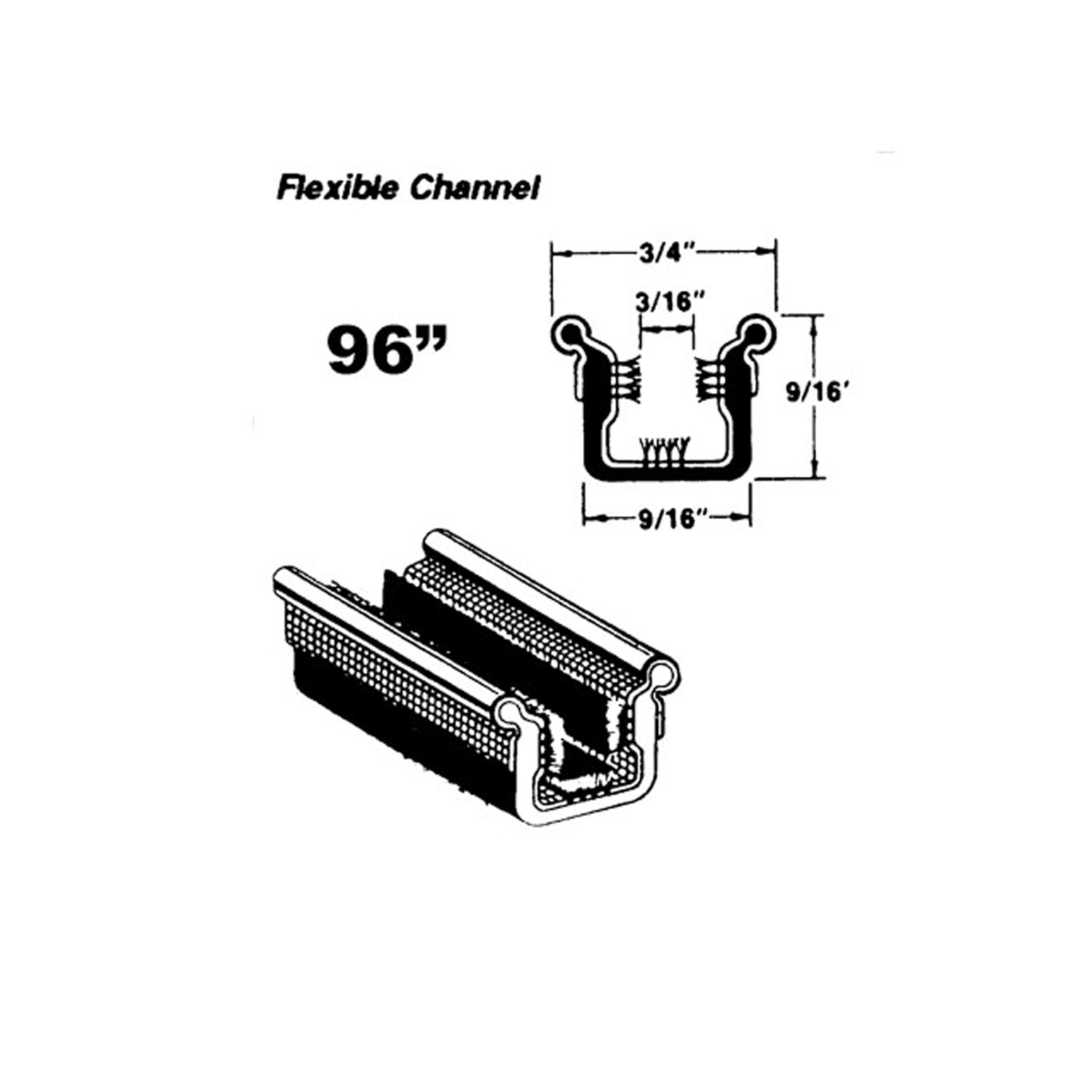 1953 Nash Rambler Flexible window channel-WC 10-96Flexible window channel. Rubber covered with mohair lining and stainless steel bead. 96 in. long. Each. NOTE: $20 special shipping charge applies for domestic orders. Call or email for overseas shipping costs. Part can be sectioned in two or three equal lengths to reduce overseas shipping costs.
1953 Nash Rambler Flexible window channel-WC 10-96Flexible window channel. Rubber covered with mohair lining and stainless steel bead. 96 in. long. Each. NOTE: $20 special shipping charge applies for domestic orders. Call or email for overseas shipping costs. Part can be sectioned in two or three equal lengths to reduce overseas shipping costs.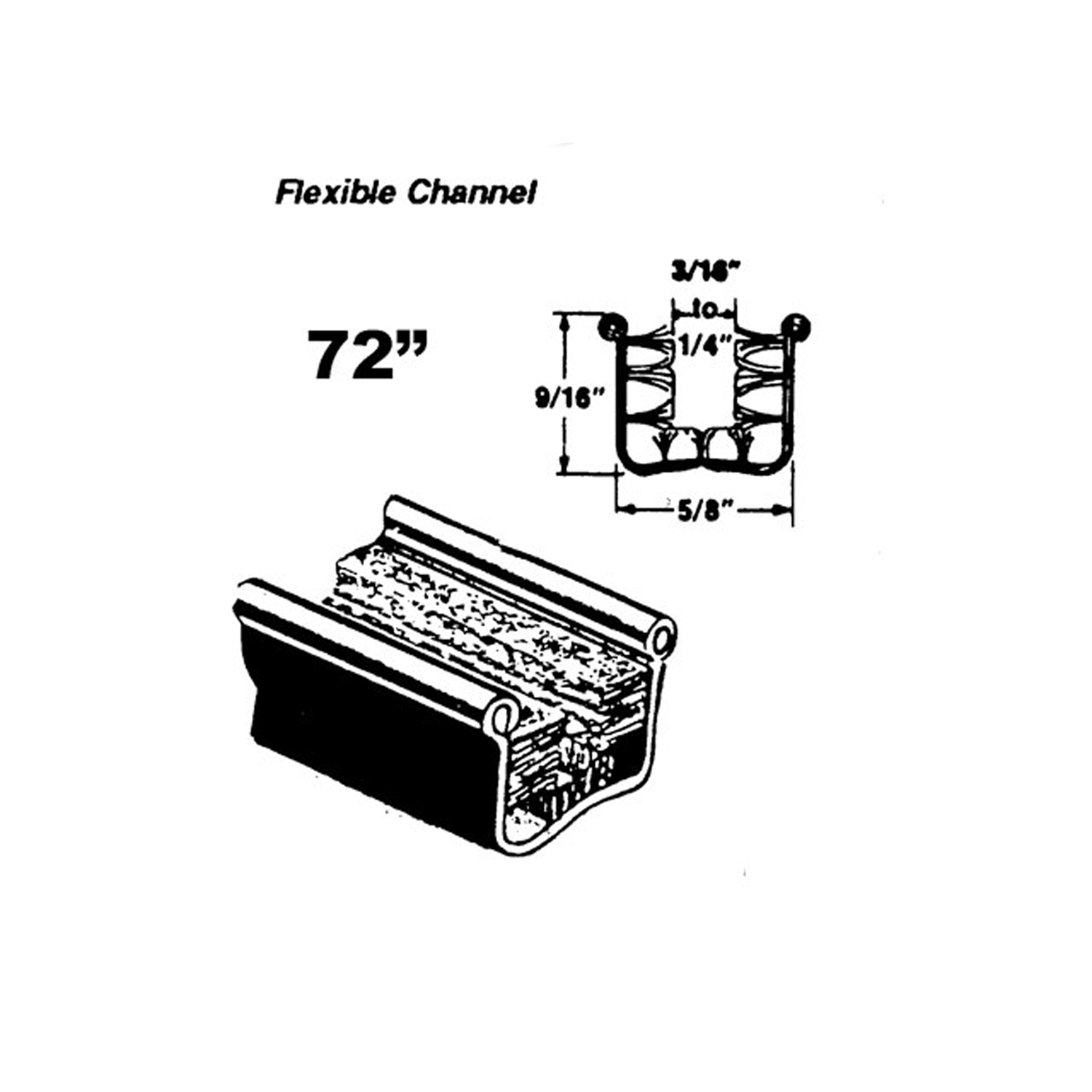 1953 Nash Rambler Flexible glass-run channel-WC 11-72Flexible glass-run channel. Mohair lined, cloth covered with stainless steel bead. Used on side windows. 72 in. long. Each. NOTE: $20 special shipping charge applies for domestic orders. Call or email for overseas shipping costs. Part can be sectioned in two equal lengths to reduce overseas shipping costs.
1953 Nash Rambler Flexible glass-run channel-WC 11-72Flexible glass-run channel. Mohair lined, cloth covered with stainless steel bead. Used on side windows. 72 in. long. Each. NOTE: $20 special shipping charge applies for domestic orders. Call or email for overseas shipping costs. Part can be sectioned in two equal lengths to reduce overseas shipping costs.Why Choose Metro?
For over 100 years, Metro Moulded Parts has been the pinnacle of quality in classic car restoration parts. Our commitment to precision and authenticity in every component ensures a perfect fit and an OEM-level appearance.
- Expert Craftsmanship & Quality: Each part is a testament to our dedication to reliability and perfection, crafted from original designs and thoroughly tested.
- Advanced Technology: We use cutting-edge techniques to create flawless, long-lasting parts that surpass others in performance.
- SuperSoft Sponge – The Ultimate Door Seal: Not only are our door seals 30% softer than competitors', but they're also guaranteed to never leak. They effectively reduce wind and road noise, enhancing your classic car's comfort and driving experience.
- Proudly American: Our parts are a product of American craftsmanship, made in the USA with a spirit of excellence and heritage.
- Unrivaled Warranty: We back our products with a 30-year industry-leading warranty, a testament to our confidence in their quality.
Join us in preserving the legacy of classic cars with parts that are crafted for perfection, not just made.

